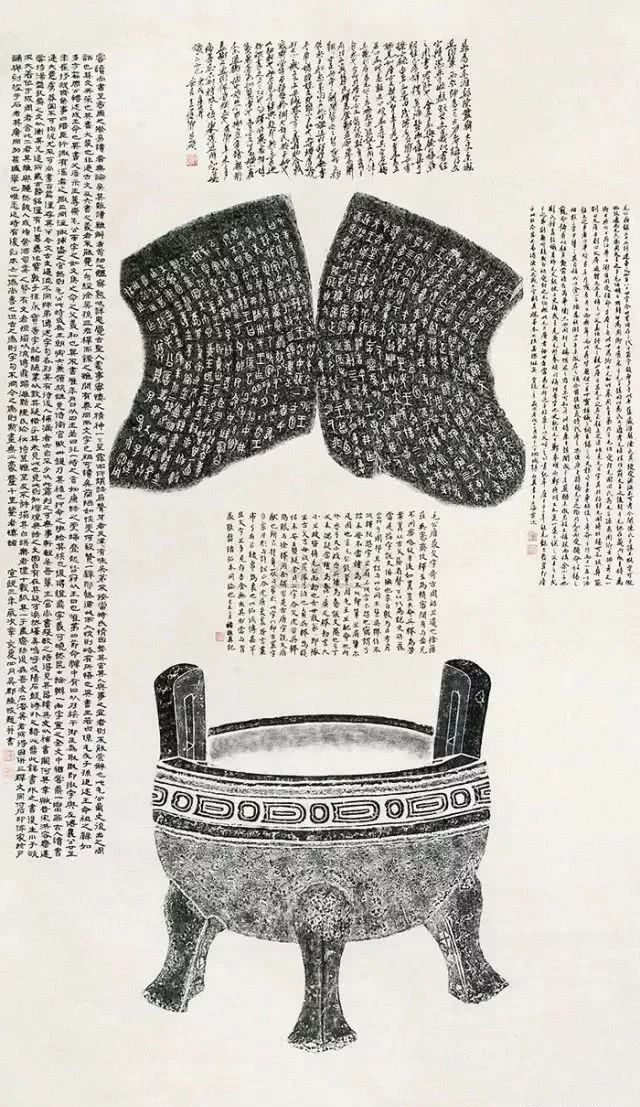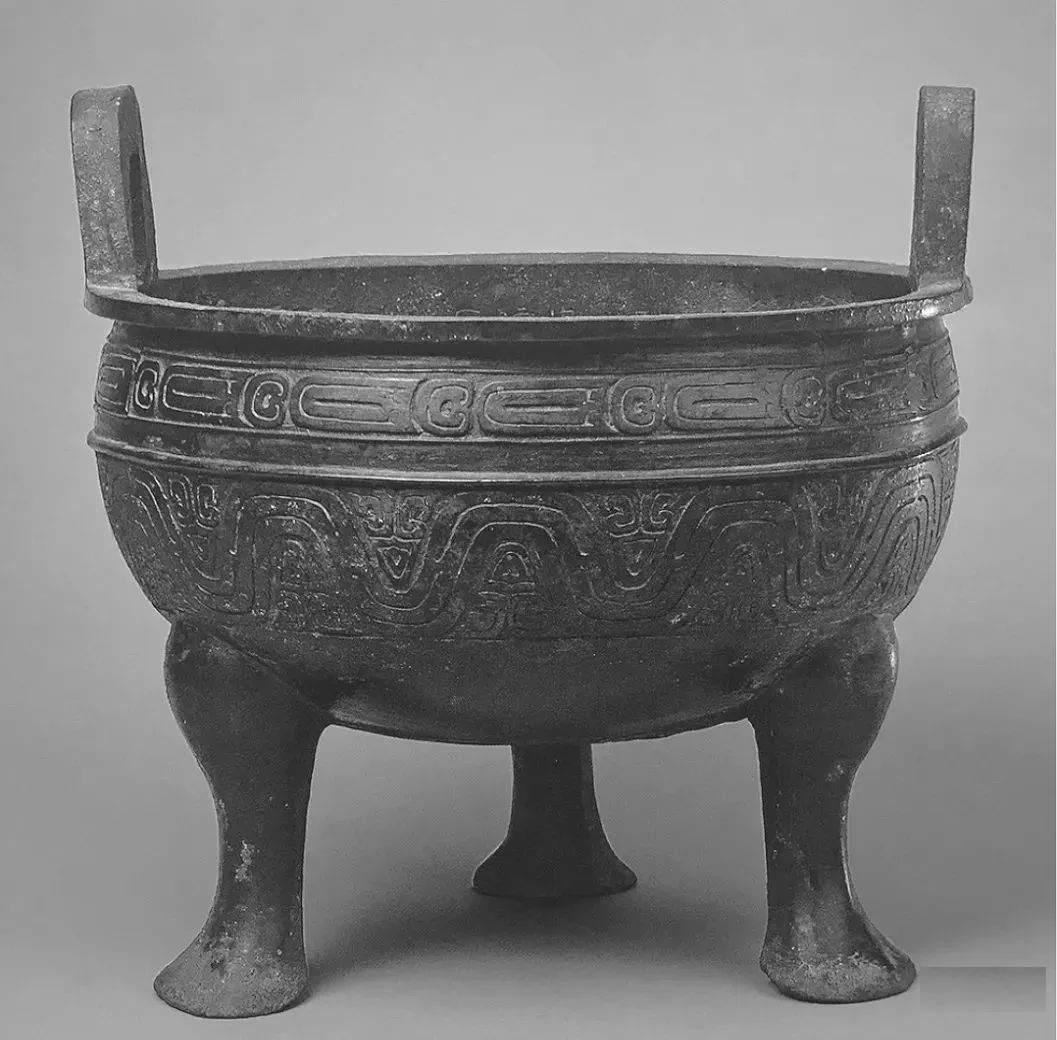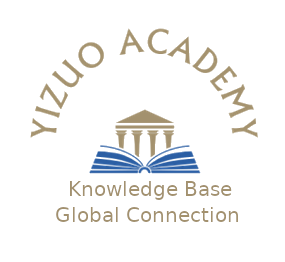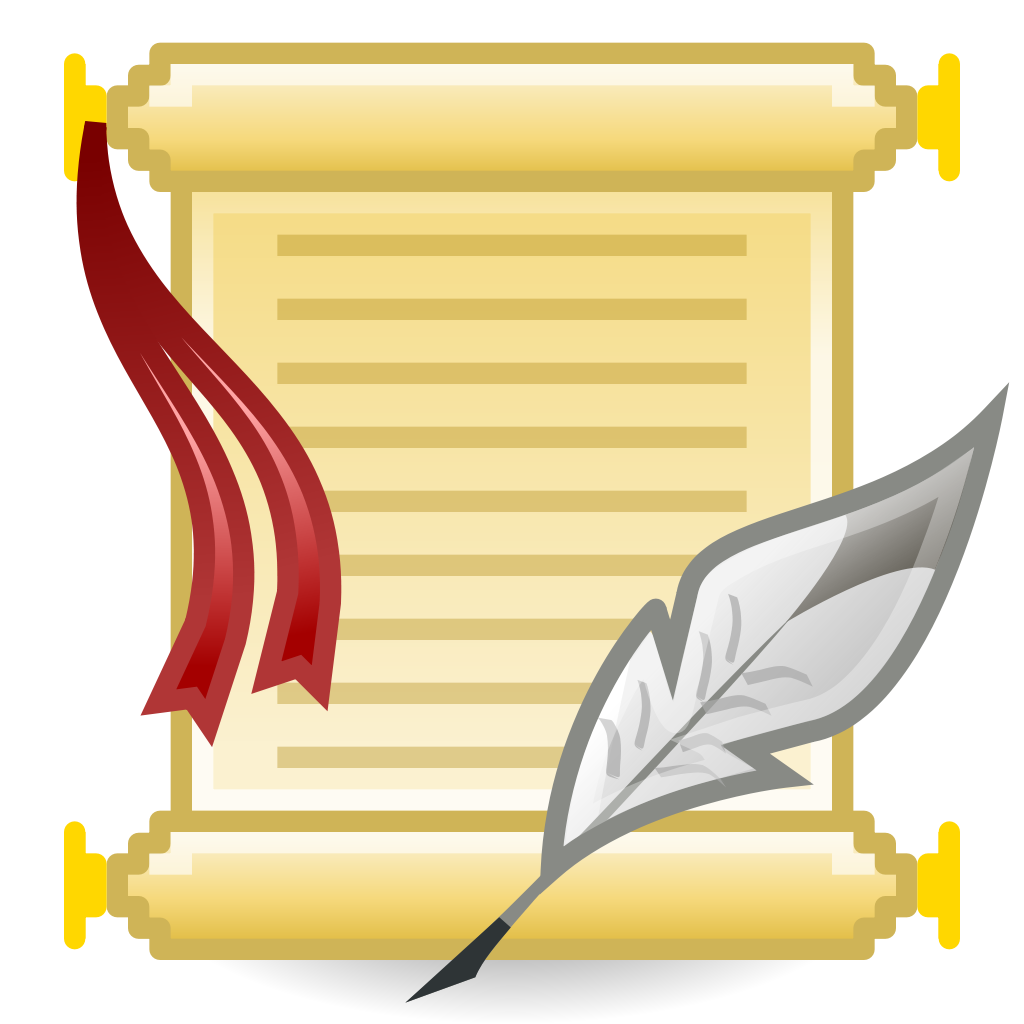
 *Chinesisches Ritual
*Chinesisches Ritual
 Ding
Ding

 Art
*Chinese bronze art
Art
*Chinese bronze art

 Art
CD - Chinese Art 11th Century BC - 771 BC
Art
CD - Chinese Art 11th Century BC - 771 BC
 Nationales Palastmuseum Taipeh
Nationales Palastmuseum Taipeh
 Shaanxi Sheng-SN
Shaanxi Sheng-SN
毛公鼎
毛公鼎,是西周宣王年间(前828年-前782年)所铸造的青铜鼎,腹内刻有500字金文册命书,字数为举世铭文青铜器中最多。是西周散文代表作,其书法也是金文中最高等级,故有“抵得一篇《尚书》”、晚清“四大国宝”、“青铜三宝”、“海内三宝”、民间“故宫三宝”之誉。现收藏于台北国立故宫博物院,被列为中华民国国宝。

毛公鼎(Duke Mao Tripod),西周晚期青铜器,因作器者毛公而得名,清道光二十三年(1843年)出土于陕西岐山(今宝鸡市岐山县),现藏于台北故宫博物院。
高53.8厘米,腹深27.2厘米,口径47厘米,重34.700公斤。口饰重环纹一道,敞口,双立耳,三蹄足。
毛公鼎铭文长度接近五百字(有497字、499字、500字三说),在所见青铜器铭文中为最长。铭文的内容可分成七段,是说:周宣王即位之初,亟思振兴朝政,乃请叔父毛公为其治理国家内外的大小政务,并饬勤公无私,最后颁赠命服厚赐,毛公因而铸鼎传示子孙永宝。
毛公鼎,是西周宣王年间(前828年-前782年)所铸造的青铜鼎,腹内刻有500字金文册命书,字数为举世铭文青铜器中最多[1][2]。是西周散文代表作,其书法也是金文中最高等级[注 1],故有“抵得一篇《尚书》”[3]、晚清“四大国宝”[注 2]、“青铜三宝”、“海内三宝”[注 3]、民间“故宫三宝”之誉。现收藏于台北国立故宫博物院,被列为中华民国国宝。
3 years ago
3 years ago

6 years ago
3 years ago





